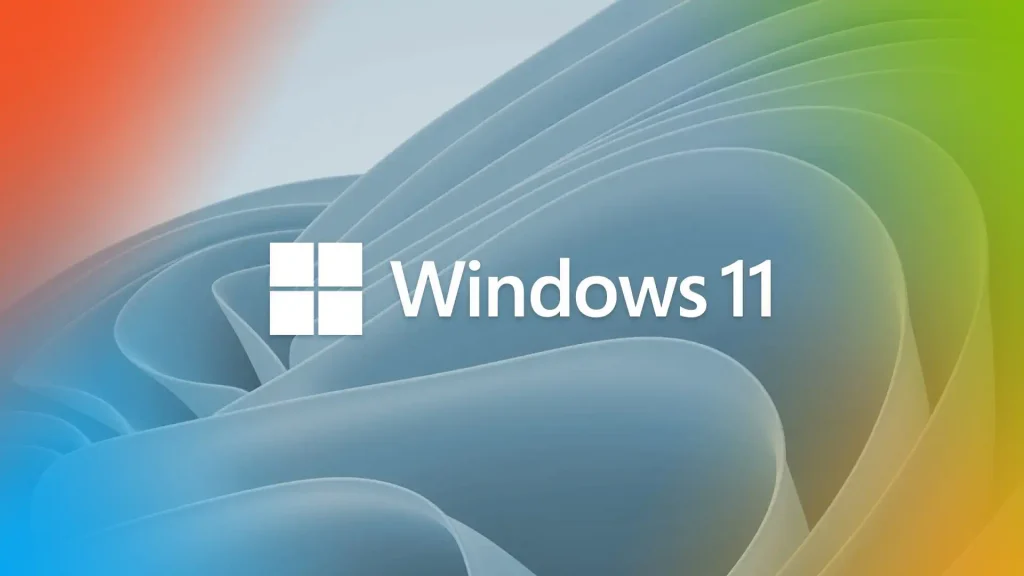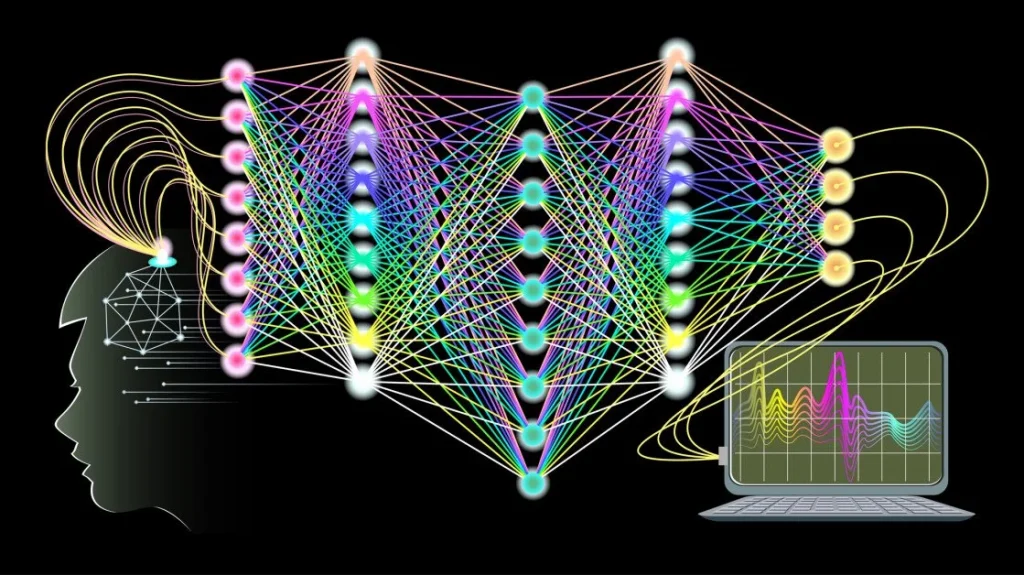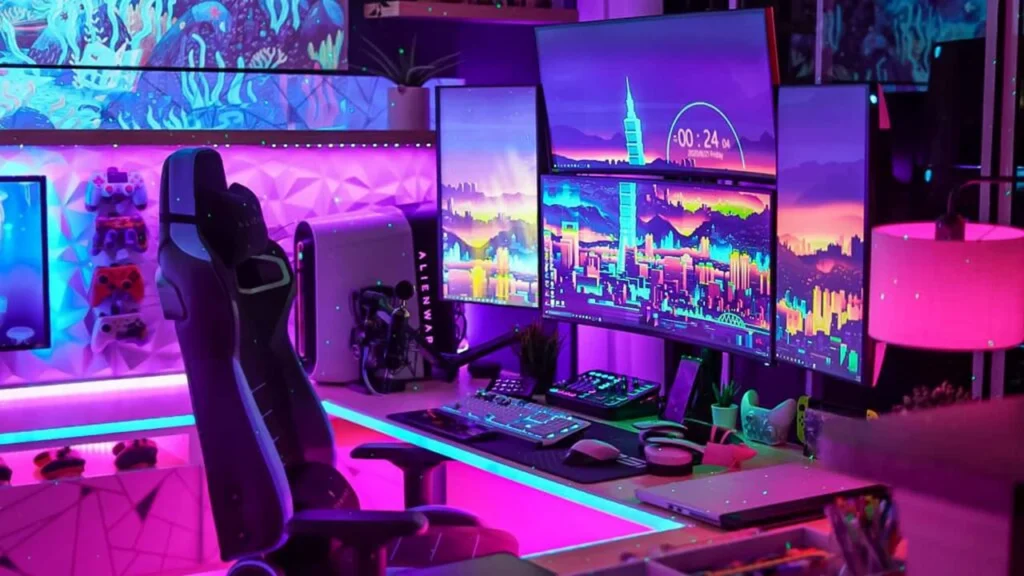In recent years, advancements in artificial intelligence have continuously pushed the boundaries of what’s possible in the realm of creativity. One such groundbreaking innovation is Sora, an AI model developed by OpenAI. Sora stands at the forefront of the intersection between language understanding and visual creativity, enabling the generation of realistic and imaginative scenes from textual descriptions.
Understanding Sora’s Capabilities
At its core, Sora is a deep learning model trained on vast amounts of text and image data. This training enables Sora to comprehend textual instructions and translate them into rich visual representations. Unlike traditional AI models that focus solely on one domain, such as natural language processing or image recognition, Sora seamlessly integrates both modalities to produce coherent and visually compelling scenes.
Generating Realistic and Imaginative Scenes
What sets Sora apart is its ability to generate scenes that are both realistic and imaginative. Whether it’s describing everyday scenarios or crafting fantastical landscapes, Sora’s outputs exhibit a remarkable level of detail and coherence. By understanding the nuances of language and context, Sora can infer missing details and produce visually captivating imagery that aligns with the provided instructions.
Applications of Sora’s Technology
The potential applications of Sora’s technology are vast and diverse. In the realm of storytelling, Sora can assist writers and creators by visualizing scenes described in their narratives, offering new avenues for storytelling and world-building. Game developers can leverage Sora to generate dynamic environments, characters, and assets, streamlining the content creation process and fostering immersive gaming experiences.
Moreover, Sora’s capabilities extend beyond entertainment and creative endeavors. It can be utilized in virtual environments for simulation and training purposes, enabling organizations to create lifelike scenarios for education, training, and research. Additionally, Sora holds promise in fields such as architecture, urban planning, and interior design, where the visualization of concepts and ideas is essential.
Ethical Considerations and Challenges
As with any powerful AI technology, the development and deployment of Sora come with ethical considerations and challenges. Ensuring the responsible use of AI, safeguarding against bias and misinformation, and addressing privacy concerns are paramount. Moreover, as AI continues to evolve, ongoing research and dialogue are necessary to understand its implications fully.
Conclusion
Sora represents a significant leap forward in AI-driven creativity, showcasing the potential of language understanding models to generate rich visual content. With its ability to create both realistic and imaginative scenes from text instructions, Sora opens up new possibilities across various domains, from storytelling and gaming to education and beyond. As researchers and developers continue to refine and expand its capabilities, Sora stands as a testament to the transformative power of AI in shaping the future of visual creativity.







